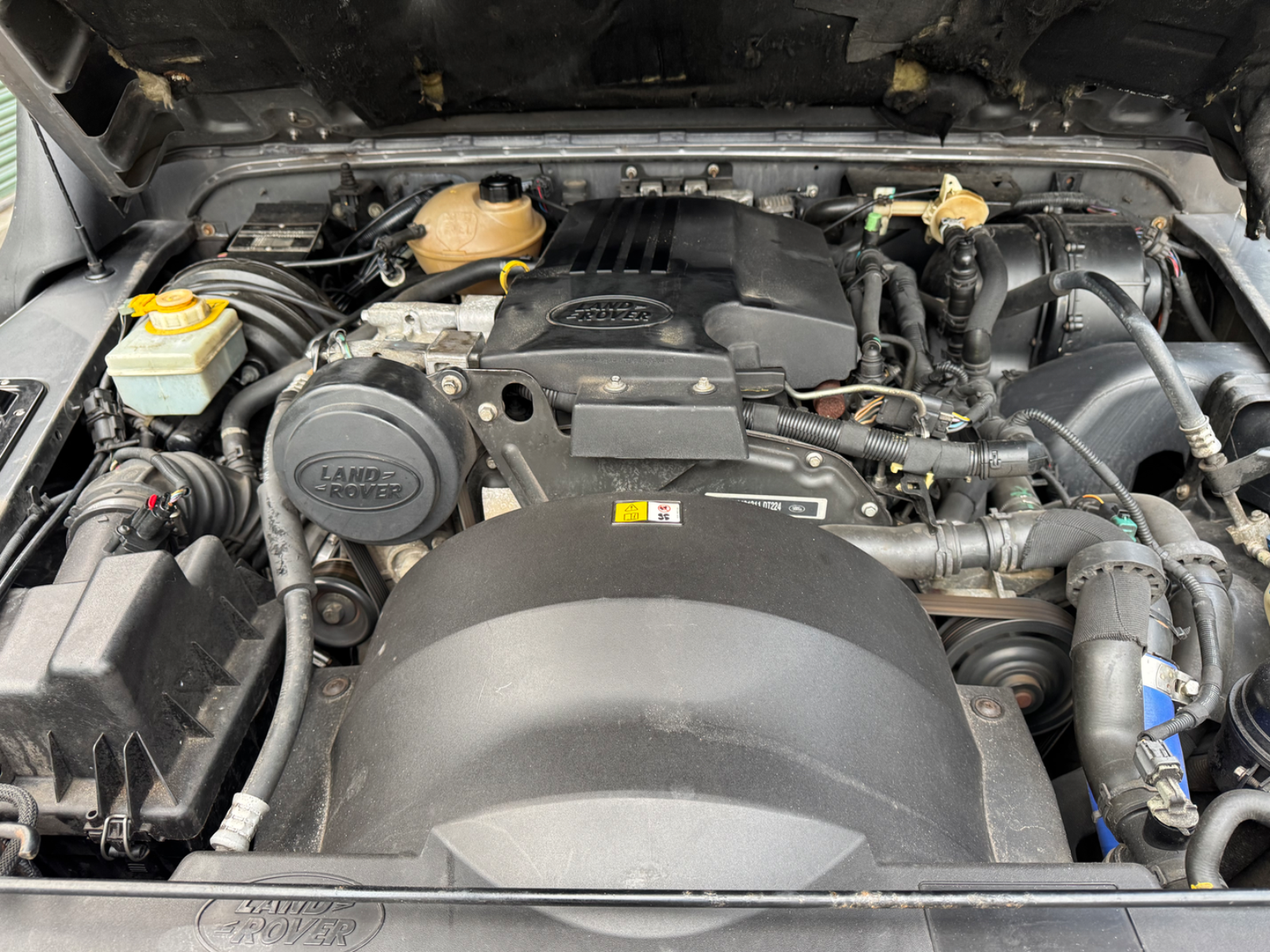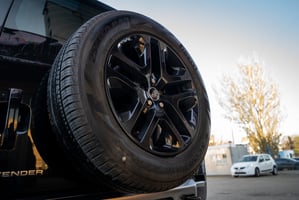Even if you’ve had one before, buying a second-hand Defender requires some careful consideration,...
Our trusty Defenders are built to tackle the toughest terrains, and to keep going no matter what. But what happens if one really won’t stop - literally? Some Defender owners have reported a strange issue where the engine keeps running even after they’ve switched off the ignition. It’s unsettling, to say the least, and could have you wondering if your trusty off-roader has developed a mind of its own!
But fear not. This isn’t some automotive ghost at work - there’s usually a logical (and fixable) explanation behind this issue. Let’s take a closer look at what might be happening here, and how you can resolve it if it ever happens to you…

Why won’t my Defender turn off?
If your Defender’s engine refuses to shut down, it could possibly be down to one of several things…
A faulty ignition switch
One of the most common reasons for a Defender continuing to run is a faulty ignition switch. If the internal mechanism is worn or jammed, it may not be properly disconnecting the power to the engine. Some signs of an ignition switch issue might include the key feeling loose or not turning smoothly, the electrical accessories (such as the lights, wipers and radio) staying on after the key is removed, and the engine not always starting, as well as not switching off when it has been running.
You can try wiggling the key while trying to turn it off. If that helps, you may then need to replace the ignition barrel or switch to fix the issue.

Solenoid issues
For some Defenders, the problem could be related to the fuel stop solenoid. This is an electrically controlled valve that stops fuel from reaching the engine when you turn off the key. If it fails or sticks open, the engine may keep running, and you may hear unusual sputters from the engine.
You can locate the solenoid on the fuel pump and check that the wiring looks ok. If the solenoid isn’t clicking when you turn the key, it may be seized or faulty and needs replacing. However, a rapid succession of clicking sounds could also indicate a weak battery or a failing solenoid. In either case, it’s good to get it checked over.
Electrical issues or wiring faults
Defenders are notorious for electrical gremlins, especially on older models where the wiring may have degraded a bit. A faulty relay or stuck circuit could be keeping power flowing to the ignition system.
Some common electrical culprits include a stuck glow plug relay (common on diesels), a faulty ignition relay (which controls power to the ignition system) and a bad earth connection causing a short.
Often, there might be some warning lights that show on the dash so that might mean you need to look at the car’s manual if you are not familiar with what they represent!
You could try pulling out the relevant fuse or relay from the fuse box to see if that stops the engine. If it does, you’ve likely found the problem and may need to replace the relay. It’s also a good idea to have a mechanic check the wiring.

ECU/immobiliser malfunctions
If you have a newer Defender, the issue might be software-related. The ECU (Engine Control Unit) could be failing to shut down properly due to a glitch or faulty immobiliser system.
Some signs of an ECU issue might include the engine keeping running after removing the key, and the dash lights staying on after shutdown.
To fix this, you could try a battery reset - so disconnect the battery for 5-10 minutes, then reconnect it. Have a look for any stored fault codes using a diagnostic tool, or take it to a Land Rover specialist to inspect the ECU/immobiliser system.
So, as you can see, a Defender that won’t turn off can often be caused by a faulty ignition switch, fuel stop solenoid, or an electrical fault. For newer models, ECU or immobiliser issues could often be the culprit.
If you’re unsure how to fix it, it’s best to consult a Land Rover specialist to diagnose the problem properly. Apart from the inconvenience, it’s not a good idea to ignore any of these issues as this could lead to battery drain, fuel wastage or even long-term damage.
Have you experienced any of these issues with your Defender, or have you found it to be something else that kept the engine running? Do let us know in the comments!






